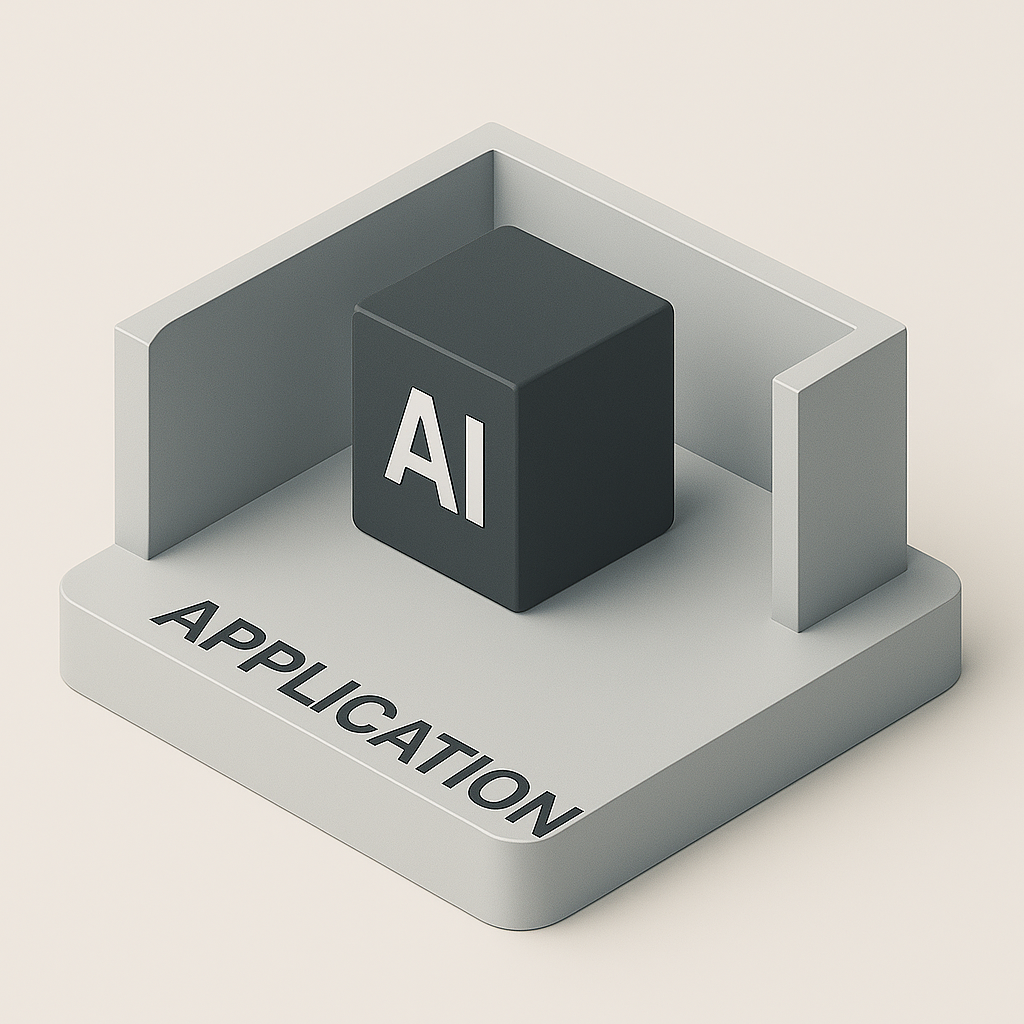
By Todd Bernson, CTO of BSC Analytics, Voice Architect, and Guy Who Politely Declined Polly’s Help Because He Could Do It Better Himself
Let’s get something straight: Amazon Polly is great — until it isn’t. If you’re building a chatbot, narrating product updates, or making your app sound vaguely robotic (in a “pleasant call center” way), Polly delivers. It’s fast, it’s affordable, and it supports multiple languages with all the predictable cheer of a Disney ride operator.
But what happens when you want your voice app to sound... like you? Or your CEO? Or your 90-year-old grandfather? What if you need complete control over pronunciation, tone, pause patterns, and the ability to train on custom audio that would make Polly blush?
This is where the polite façade of managed services starts to fray, and custom voice cloning takes the stage — enter my self-hosted, AWS-powered, open-source driven voice cloning platform.
Polly: The Managed Marvel
Let’s give credit where it’s due. Polly:
- Is easy to use.
- Scales automatically.
- Requires zero infrastructure.
- Has SDKs for everything from Python to C++ to Amazon’s favorite child: JavaScript.
It’s perfect for:
- Reading weather forecasts aloud.
- Voicing automated reminders.
- Anything with a script that doesn’t care if it sounds like everyone else.
But it’s not:
- Customizable beyond SSML tags.
- Trainable on new voices.
- Particularly human in tone or nuance.
For regulated industries like finance and healthcare — where personalization, privacy, and control matter more than a “cheerful male voice number 4” — Polly’s out-of-the-box charm wears thin.
Building a Custom Voice Cloner (Like a Lunatic With Free Time)
So I did what any sensible AI engineer would do: built my own (Gunny Highway voice - "Improvise, Adapt, Overcome.)
This custom voice cloning app runs entirely in AWS — but not using AWS ML services like Polly or Bedrock. Instead, it’s built around open-source models like Tortoise-TTS, containerized, and deployed on EKS, with full integration across:
- Amazon S3 (storage for audio input/output)
- EKS (inference jobs)
- API Gateway (entry point)
- IAM (tight security, no wildcard party hats)
- CloudWatch (observability for when someone uploads 17-minute TED Talks for cloning)
It’s a black box that behaves the way I want it to: securely, at scale, with custom voices and zero vendor lock-in.
Why Custom?
Here’s the deal:
1. Voice Uniqueness
Custom voice cloning allows you to train on your own audio samples. Want to sound like Morgan Freeman’s long-lost cousin? No problem (as long as you have the licensing — stay legal, kids).
2. Full Control Over Output
With Polly, you’re stuck adjusting speech patterns via markup. With Tortoise-TTS and similar models, you can control:
- Intonation
- Breathing pauses
- Emotional delivery
- Speech rate based on training inputs
This is priceless when crafting a brand experience, or in sensitive use cases like reading lab results to patients or delivering loan decisions with empathy.
3. Data Privacy and Residency
If you're working in finance or healthcare, you already know: data sovereignty is everything. When you run the model inside your own AWS account, using private S3 buckets and hardened VPCs, you're no longer just compliant — you're bulletproof.
No customer voice data ever leaves your control. No vendor logs. No "AI improvement” clause buried in the EULA.
4. Cost at Scale
Managed services shine at low volume. But clone 100,000 personalized voicemails a day and Polly's per-character pricing turns into a CFO’s nightmare.
Running your own inference jobs on EKS with spot instances or even SageMaker (if you're feeling fancy) lets you optimize for:
- Cost per inference
- Batch processing throughput
- GPU/CPU usage tuning
Yes, there’s engineering overhead. But this is AWS. We eat YAML and billing reports for breakfast.
Hybrid Models: You Can Have Both
Not ready to ditch Polly? You don’t have to.
Use Polly for generic prompts, but call your custom API for:
- Customer names
- High-sensitivity scripts
- Brand voice intros
Mixing and matching is a perfectly viable (and cost-effective) strategy. Your Terraform won’t judge you. Neither will I.
Industry Use Cases That Demand Customization
Finance:
- Personalized fraud alerts from a cloned customer rep
- Wealth manager assistant tools using their real voice
- Secure client onboarding instructions that sound like the company
Healthcare:
- Post-operative instructions read in a familiar nurse’s voice
- Mental health guidance delivered in a calm, patient-specific tone
- Multilingual support without the stilted tone of over-optimized TTS
Insurance:
- Claim updates voiced by agents customers already trust
- Emergency preparation alerts personalized by region
In all of these, the value isn’t just the voice. It’s trust, tone, and consistency. Polly can’t always deliver that.
The Reality Check
Running a custom voice clone system means accepting some responsibility:
- Model maintenance
- Container updates
- Security patching
- More observability
But in return, you get:
- Ownership
- Flexibility
- Enterprise-grade privacy
- The ability to say "yes" to marketing’s weirdest voiceover requests
And hey — if something breaks, at least you’ll understand why it broke. Try getting that from a managed service black box.
Final Verdict: Build When It Matters
There’s a reason AWS gives you building blocks instead of black boxes. It’s because your use case isn’t generic. You need:
- Custom voices
- Secure environments
- Price control at scale
- A brand voice you actually own
If that sounds like you, go custom.
If not, Polly’s waiting with open arms and a smiling, pre-trained voice.
Published by: BSC Analytics | Written by Todd Bernson, CTO, Voice Cloning Pioneer, and Proudly Not Polly



